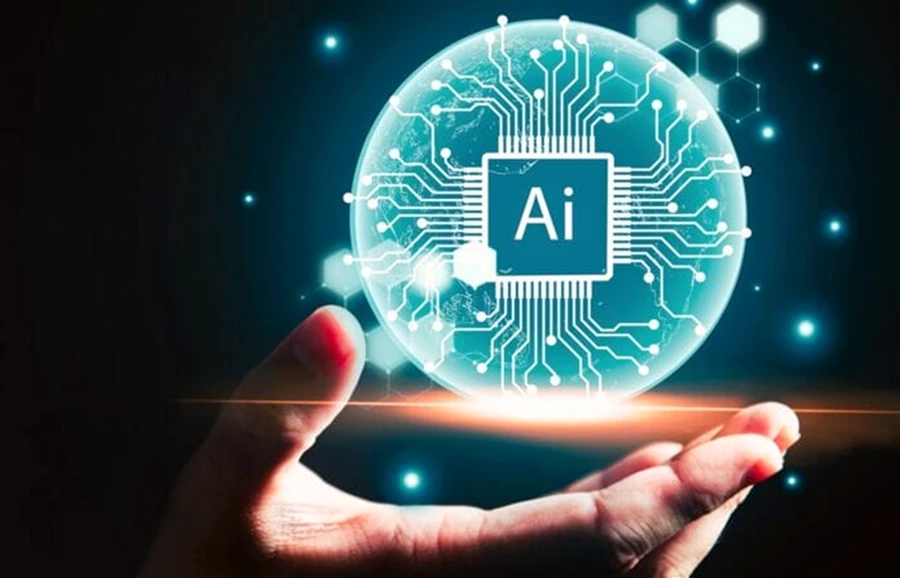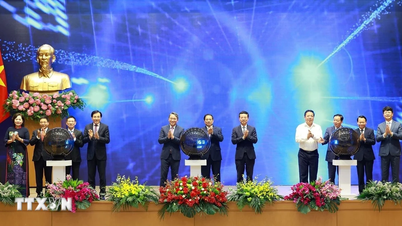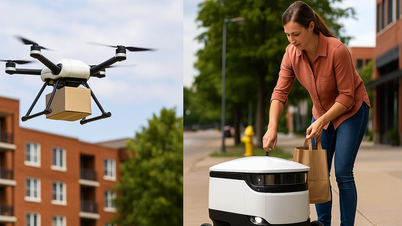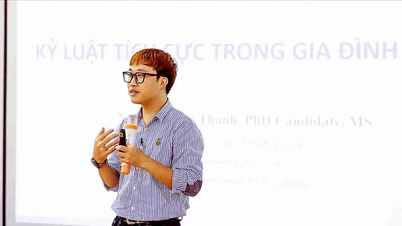DNVN - Along with the trend of empowering AI (artificial intelligence) to complete tasks on its own, the risk of cyber attacks will increase exponentially. What is worrying is that some AI systems are considered powerful but in reality are still very "fragile".
According to Mr. Patrice Caine, CEO of Thales Group, the debate about the impact of AI is increasingly fierce, accompanied by many doubts about this technology. However, AI is an undeniable technology trend.
While some criticize tech giants for AI-driven social media or questionable consumer tools, AI itself is becoming indispensable technology. Its effectiveness is unparalleled, promising benefits that no business or government can afford to ignore.
Soon, AI will be as integral to our lives as electricity – powering our cars, shaping our healthcare services, protecting our banks and managing our public lighting systems. The big question is, are we ready for what comes next?
The debate around AI has largely focused on ethics, disinformation, and the future of work. But one major issue is flying under the radar: AI security. In Gartner’s 2024 survey of senior enterprise risk managers, AI-enhanced malicious attacks and AI-powered disinformation were the top two risks reported.

Mr. Patrice Caine, CEO of Thales Group.
There are many reasons to be concerned. Asia- Pacific countries are adopting AI in a variety of ways - In a 2023 Finastra survey, Vietnamese financial institutions are leading the way in adopting generative AI (genAI) globally. 40% of Vietnamese respondents said their organizations have deployed or improved natural language processing capabilities, including generative AI. However, we cannot move forward without leveraging our collective strength - governments and businesses need to work together to build a safe and resilient AI ecosystem.
As AI becomes more autonomous, the risk of cyberattacks will increase exponentially. What is worrying is that some AI systems that are supposed to be powerful are actually very fragile.
There are two main ways to attack an AI system. The first is to hack into the system and steal everything from personal health records to corporate trade secrets. Hackers can trick AI models into giving up sensitive information by mining medical databases, or trick chatbots into bypassing their own data protections.
The second way is to sabotage the models, dangerously skewing the results. For example, an AI-powered car could be tricked into reading a “Stop” sign as a “100 km/h” speed sign. These are obvious risks when using AI. And as the use of AI expands, the risk of attacks on the system will clearly increase.
But abandoning AI to avoid these risks would be a big mistake. Sacrificing competitiveness for safety leaves organizations dependent on third parties, lacking experience and control over a technology that is quickly becoming essential.

AI is growing strongly and being applied by many organizations and businesses.
So how do we reap the benefits of AI without betting on its risks? Here are three key steps:
Choose AI wisely. Not all AI systems are vulnerable. For example, large language models are vulnerable because they rely on large datasets and statistical methods. But other types of AI, such as symbolic or hybrid models, have a narrower scope of data and operate according to clear rules, making them harder to hack.
Hybrid AI models combine symbolic reasoning with machine learning to provide logical and accurate explanations. Hybrid AI can significantly reduce false positives in fraud detection while increasing transparency in decision-making. This is particularly valuable for financial services and FinTech businesses in the region.
Implement proven security measures. Tools such as digital watermarking, cryptography, and custom training can harden AI models against potential threats. In Asia-Pacific, these tools are essential for sectors such as banking, critical infrastructure, and healthcare, where digital transformation is accelerating. At Thales, we have a “Battle Box” that enables cybersecurity teams to thoroughly test AI models to find and fix vulnerabilities before hackers can exploit them. These testing solutions will help businesses assess and improve their system resilience in the face of increasing cybersecurity threats.
Upgrade your organization’s cybersecurity. AI doesn’t operate in isolation – it’s part of your organization’s information ecosystem. Traditional cybersecurity measures must be enhanced and adapted for the AI era. This starts with employee training – after all, human error remains the Achilles heel of any cybersecurity system.
The shortage of cybersecurity talent across Asia-Pacific is a growing challenge. Businesses must invest in upskilling their employees to secure their AI systems. For example, Singapore’s Cybersecurity Talent Development Programme offers a model to close the skills gap in the region.
Some argue that the war on AI is just one part of an ongoing conflict between bad actors and unwitting victims. But this time, the stakes are high. If businesses and governments in Asia-Pacific do not prioritize AI security, they risk not only data breaches but also economic growth and innovation.
The best way to respond is to make AI security a strategic priority and work together. Only then can we ensure that AI reaches its full potential – driving new forms of growth & innovation while keeping society safe.
Hoang Phuong
Source: https://doanhnghiepvn.vn/chuyen-doi-so/an-ninh-mang/ai-canh-bac-may-rui-neu-thieu-cac-bien-phap-an-ninh-mang-phu-hop/20250115013404507





























































































Comment (0)